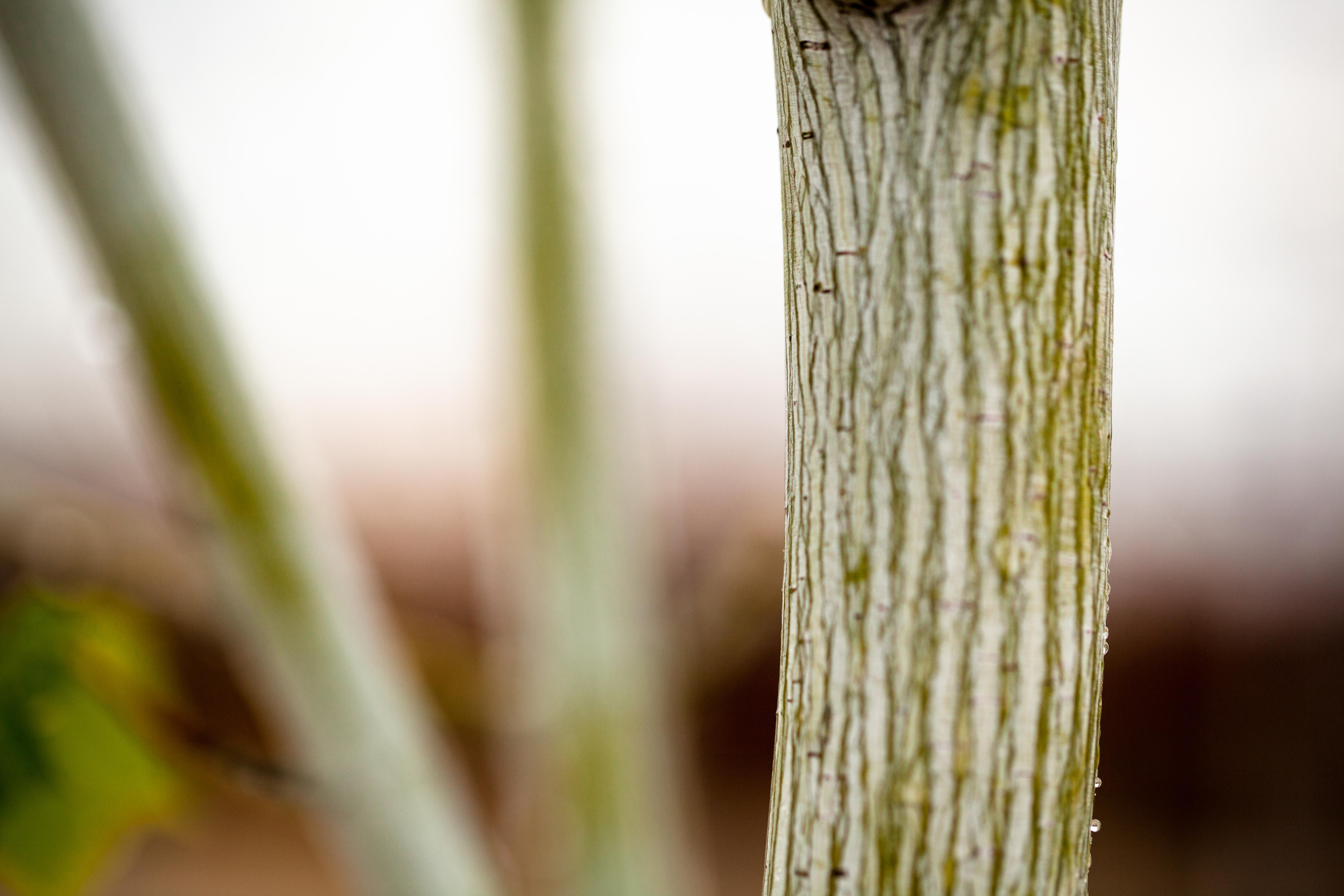We always say that we can tell what time of year you landscaped your house. If you did the work in spring, it’s full of spring flowering trees and shrubs. Summer plantings are dominated by roses and hydrangea. If you landscaped in the fall, it’s full of red, orange, and yellow foliage. And if over the winter, it will be heavy on evergreens. It is a mistake we see over and over again, year after year. We understand, it’s hard to pass up what is in full color when you’re out looking for plants. The problem? That leaves your home with 3 other seasons of a colorless landscape. The best way to avoid this trap is doing your homework. Don’t just wander the garden centers and look at what is showy at the time, but really get down into what plants are out there. Pay attention to what isn’t in full color and question what it will be in season. This article will focus on our winter landscaping ideas for avoiding a boring winter landscape.
Step 1: Landscaping Evergreens
I refer to landscaping with evergreens as the bones of the landscape—they create a structure for you to fill in around. While evergreens may be boring to some, they don’t have to be. There are many shapes, textures, and even colors to consider. Look into columnar or spirals for a formal look, arborvitaes for a feathery, light texture, or blue cascade cedars for a pop of color! Any evergreen (tree and shrub) you prefer is a necessary component to a complete landscape and provides your home with year-round color. Evergreens carry the landscape and provide back ground to flowering shrubs and perennials.
Step 2: Beyond Foliage
There is a whole range of plants which provide unique and bright bark or stem colors and winter berries to brighten up those dreary days. Some of our favorites for berry or fruit displays are winterberry deciduous hollies, crabapples, beauty berry, viburnum varieties, and snowberry. An added bonus to fall fruit display is birds. Bright red fruits, snow and a flock of cardinals or cedar waxwing’s is hard to beat. For stem or bark color we often use birches, plane tree, hornbeam and red twig dogwoods to name a few. If you really look around there are several unique and beautiful trees and shrubs that are rarely used but worth looking into. They include witch hazels, persian ironwood, yellowwood, paperbark maple, winter orange maple and more. Also, don’t overlook some of the beauty that comes from the dried foliage of several perennials and shrubs. Think about grasses, sedum and coneflower seed heads, and hydrangea dried blooms, to name a few.
At first glance winter seems to have very limited choices, but in reality, there are dozens. There is very little reason to accept boring landscapes for the long winter months. Keep your eyes open and jot ideas down to incorporate into your landscape palette. If you’re confused, a good design by a professional will steer you away from a one season landscape. Remember these plants will often not be what is showy if you’re just shopping in spring or fall….ask.
What do landscapers do in the winter? Read our blog titled “What to do in Winter.”

